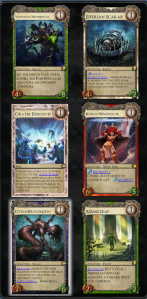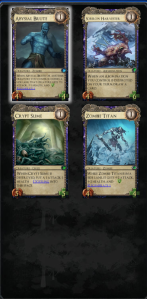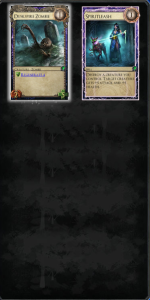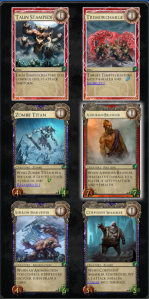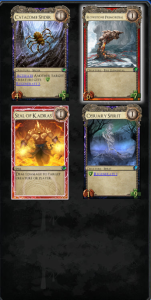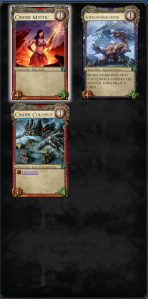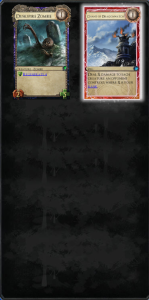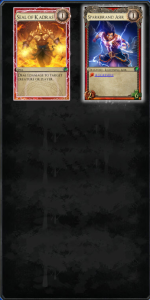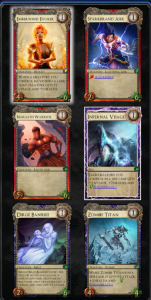Pokemon X and Y (Gen 6) aren’t good games. I don’t mean they’re bad games in the way that all Pokemon games.* I mean they’re bad games in ways that aren’t specific to the franchise as the game relies upon the 3DS’s features to push it over the top. Those feature being the graphics, which are admittedly gorgeous and the online functionality. Games are more than their mechanics though, they’re about creating experiences. This is what these games excel at; it’s what they’ve always excelled at. Let’s not waste any more time and jump into it.
Gen 6 isn’t hard, it’s mind numbingly easy. While the games have never been hard, there are certain things in this game that exacerbate the problem. First, there’s the issue of the game just throws powerful stuff at you. While your starter has traditionally been very good, you also get a Kanto (Gen 1) starter, a Lapras, a Lucario that can mega-evovle, and that’s just off the top of my head. Sure you could not use them, but in the case of the starters that’s boring. It’s a problem accentuated by the ease of which you find powerful mons in the wild. This in and of itself isn’t a problem, being given powerful options is fun. This does lead into the second problem.
The opposition is playing at a serious handicap. Their pokemon aren’t of the same caliber in the abstract. It’s not until the Elite Four that the designers even deign to give the opposition a full roster. Compounding this, the AI seems to have regressed** to the point of selecting moves at random. The least egregious part of this is that the levels of opposing trainers are off. While the change to the XP share in which it gives all of your pokemon xp instead of just one, requires less grinding to keep your party on even levels. It shouldn’t, least on an instinctual level, result in your team being on average five levels higher, but that’s what happens. I played the game with little foreknowledge (the most I knew was that one of the Gym Leaders was Fairy) and was never seriously challenged until I did the super rounds at the Battle Maison, but that’s post game.
While the game is easy, it’s also incredibly small. Kalos as a region has you going from point A to point B in a straight line with little deviation. There’s little exploration, the HMs are used almost exclusively to get items laying around in the field. And since the game is so easy, a feeling that bothering to collect these is a waste of time. The dungeons and Gyms are equally straight lines without the barest pretense of puzzles; getting some of the better TMs is the most interesting thing you’ll do.
This sense of being in a small world doesn’t just stop at the limited exploration, there’s just not a lot to do. There are a few to interact with, most of them being in the obnoxious to navigate Lumiose City, but that’s not much. The Friend Safari, this version’s equivalent of the Safari Zone, isn’t unlocked till post game. If there are Contests, I missed them completely. The Battle Chateau is a neat concept, but in practice it’s a money piñata.
All that being said, it’s still Pokemon and the basic formula still works. The fact that the game isn’t challenging means it’s relaxing to play. I like the group dynamic in this generation with multiple rivals and acknowledging that people would be interested in different things. I like Team Flare in concept; they’re James Bond villains with Malthusian motives. I wasn’t keen on how shallow the Gym Leaders and Champion were; but I’m comparing that the torrent of material from Gen 1 that makes me feel this way.
The game really relies upon its online features though, to make it an experience. Wonder Trading is fun, and a good way to stack the lottery in your favor. The GTS is super useful. O Powers make you want to play with your friends. If you can do that, then the game is a memorable experience. If you can’t do that for whatever reason, then the game is just ok. The result is that the game is only two years old and it hasn’t aged well and by the time Gen VII comes out its main value will be in grinding legendaries or some such if you can’t get a group together.
Pokemon X & Y show that a game is more than a mechanics. It’s how it uses those mechanics to create an experience for the player. It creates memories for its players but means that the game has a short shelf life. Next time, I’ll be reviewing John Scalzi’s The Last Colony. Till next time.
*In short a series of design decisions such as having ‘all pokemon being good in game’ the way the type chart works and other factors means that by and the large the games have never been the most challenging or well balanced.
**I skipped Gen V but Gen IV had the AI actually be a challenge in terms of move selection
